Dead Horse Point State Park
- January 25, 2024
- 0 comment
Explore Dead Horse Point State Park’s stunning vistas, rich history, and diverse trails in Utah’s high desert. Dead Horse Point State Park is a beautiful park in Utah, standing 2,000 feet above a curve in the Colorado River. This park is famous for its amazing views. It has tall cliffs and deep canyons shaped by nature over a long time.
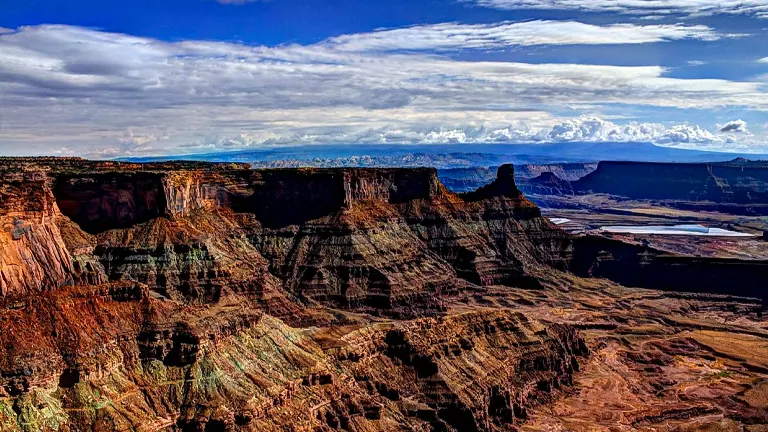
The park is also home to tough plants and animals that have adapted to the dry desert. Its history includes stories about ancient hunters and cowboys from the 1800s. Visitors to the park can enjoy its stunning views, learn about its history, and see how every part of the park has its own story. It’s a great place for people who love nature and want to explore the outdoors.
Characterizing Features of Dead Horse Point State Park
- Breathtaking Panoramas: Dead Horse Point State Park is renowned for its stunning panoramic views. Perched 2,000 feet above the Colorado River, the park offers a unique vantage point overlooking the meandering river and the expansive Canyonlands. The high elevation provides visitors with awe-inspiring vistas that stretch for miles, showcasing the dramatic landscapes that define the American Southwest.
- Rich Geological History: The park’s landscape is a testament to millions of years of geological activity. This history is visible in the layers of sedimentary rock formations, shaped by ancient oceans, freshwater lakes, and wind-blown sand dunes. The striking rock formations, including sculpted pinnacles and buttes, tell a story of the Earth’s past, offering a visual journey through time.
- Legendary Namesake: The name ‘Dead Horse Point’ carries with it a tale from the late 1800s. According to legend, cowboys used the narrow neck of land leading to the point as a natural corral for wild mustangs. Tragically, on one occasion, horses were left corralled on the point without water, leading to their demise. This poignant story adds a layer of historical intrigue to the park.
- Diverse Recreational Opportunities: The park is not just a visual marvel but also a haven for various recreational activities. It offers miles of hiking and mountain biking trails, each providing a different perspective of the park’s rugged beauty. The Intrepid Trail System, specifically designed for mountain bikers, features loops of varying difficulty levels, catering to a wide range of skill sets.
- Conservation Efforts: Dead Horse Point State Park is also a site of important conservation efforts. The park’s management works to protect its unique desert ecosystem, home to a variety of flora and fauna that have adapted to the harsh environment. These efforts ensure that the park’s natural beauty and ecological significance are preserved for future generations to appreciate and study.
- Astronomical Observation Site: As an International Dark Sky Park, Dead Horse Point offers some of the best stargazing opportunities in the region. Its remote location and high altitude result in minimal light pollution, providing clear, unobstructed views of the night sky. The park regularly hosts night sky viewing programs, allowing visitors to gaze at stars, planets, and other celestial objects.
History in Dead Horse Point State Park
Dead Horse Point State Park, with its stunning landscapes and poignant history, has captivated visitors for decades. The park’s history is closely tied to the late 1800s, a time when cowboys roamed the American West. Its name originates from a rather somber legend. Cowboys used the narrow neck of land leading to the point as a natural corral for wild mustangs that roamed the mesa top. They would herd the horses across this neck and onto the point, fencing off the only exit with branches and brush. According to the legend, on one tragic occasion, horses corralled on the point were left without water and died of thirst, overlooking the Colorado River 2,000 feet below. This tragic event gave the point its name.
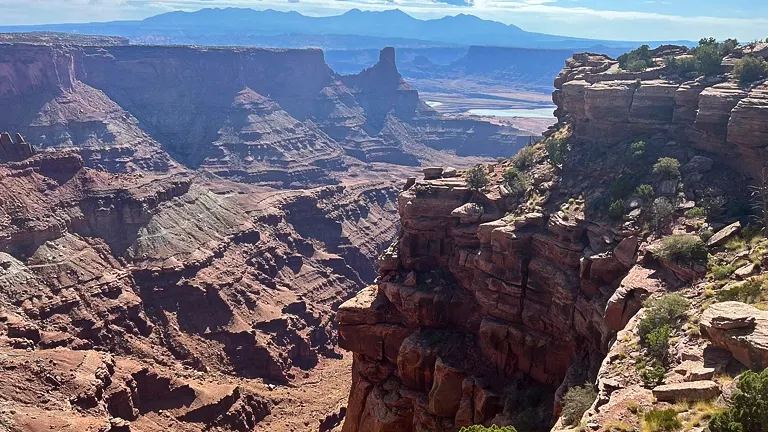
Over the years, Dead Horse Point transitioned from a wild, remote area to one of Utah’s most spectacular state parks. Officially opened to the public in 1959, it covers 5,362 acres of high desert at an altitude of 5,900 feet. The park’s rich history, combined with its breathtaking views and geological significance, makes it a unique and poignant destination, offering visitors not just natural beauty but a glimpse into a fascinating chapter of the American West.
Unique Ecosystem of Dead Horse Point State Park
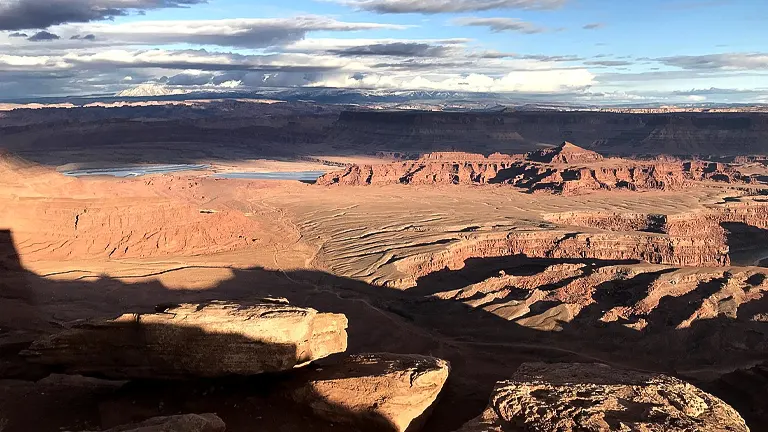
Dead Horse Point State Park boasts a unique ecosystem, thriving in an environment of scarce water and extreme temperatures. Adaptation is key for survival here. Plants like the Utah juniper and blackbrush exhibit slow growth and small leaves with a waxy coating to minimize water loss. Animals, including mule deer, coyotes, and the Hopi chipmunk, have evolved to thrive in this arid landscape. The resilience of these species in the face of harsh desert conditions is a testament to the wonders of natural adaptation.
Unique Location of Dead Horse Point State Park

The park’s unique location offers more than just stunning landscapes. Situated 2,000 feet above the Colorado River, it provides a strategic viewpoint over the surrounding terrain. The park’s altitude and its position in the high desert contribute to its unique climatic conditions, which play a crucial role in shaping its ecosystem. This location also makes it an ideal spot for observing geological formations and the meandering course of the Colorado River.
The Importance of Conservation and Recreation in Dead Horse Point State Park
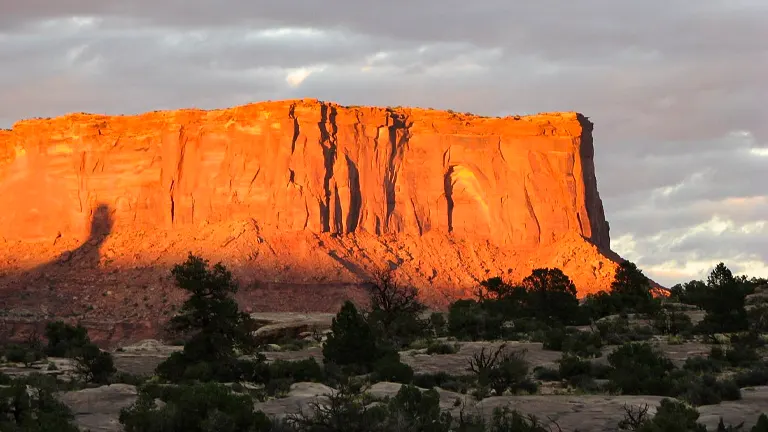
Conservation and recreation go hand in hand at Dead Horse Point State Park. The park’s management works diligently to preserve its natural beauty and delicate ecosystem while providing visitors with recreational opportunities. Efforts include maintaining trails, protecting wildlife habitats, and offering educational programs about the importance of conservation. These efforts ensure that the park remains a place where nature can be enjoyed responsibly and sustainably.
Diverse Vegetation and Plant Species in Dead Horse Point State Park
- Utah Juniper (Juniperus osteosperma): This hardy tree is a signature species of the park, easily recognizable by its twisted, gnarled appearance. It thrives in the arid conditions of the high desert, playing a crucial role in providing habitat and food for wildlife.
- Blackbrush (Coleogyne ramosissima): Blackbrush is a dominant shrub in the park, adapted to survive in the dry, rocky soil. Its deep root system allows it to withstand long periods of drought, and its small, waxy leaves help minimize water loss.
- Claret Cup Cactus (Echinocereus triglochidiatus): Known for its vibrant red flowers that bloom in spring, the Claret Cup Cactus adds a splash of color to the desert landscape. This cactus is well adapted to the extreme temperature fluctuations of the park.
- Pinyon Pine (Pinus edulis): Often found growing alongside Utah junipers, Pinyon Pines are another key species in the park’s ecosystem. They provide food for wildlife, including their edible pine nuts, which are also harvested by local communities.
- Mormon Tea (Ephedra viridis): This unique shrub, also known as green ephedra, is notable for its jointed green stems and lack of leaves. It’s well adapted to the dry conditions and has a long history of medicinal use by indigenous peoples.
- Narrowleaf Yucca (Yucca angustissima): The Narrowleaf Yucca is easily identifiable by its narrow, pointed leaves and tall flowering stalks. It’s an important plant for local wildlife, providing both food and habitat.
- Singleleaf Ash (Fraxinus anomala): This small tree or large shrub is unique for its single leaflets, as opposed to the compound leaves typical of other ash trees. It’s adapted to the park’s dry environment and can often be found in rocky, well-drained soils.
- Cliffrose (Purshia stansburiana): Cliffrose is a resilient shrub with fragrant flowers and distinctive, shreddy bark. It’s an important source of food for wildlife and has traditional uses in native cultures for its strong, flexible wood.
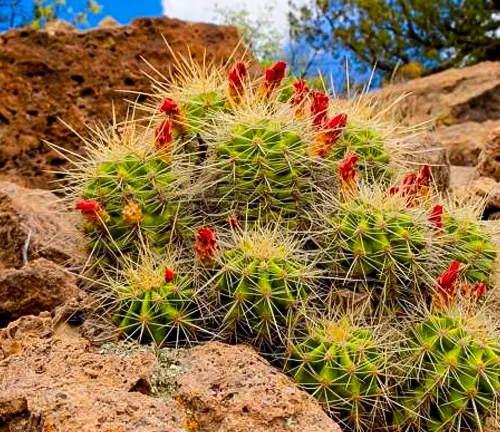

Fauna in Dead Horse Point State Park
- Mule Deer (Odocoileus hemionus): Mule Deer are a common sight in the park, easily identified by their large ears and black-tipped tails. They play a vital role in the ecosystem, serving as a key species for predator-prey dynamics.
- Coyote (Canis latrans): The coyote, a versatile and adaptable predator, is often seen in the park. They are important for maintaining the balance of the ecosystem, controlling rodent populations and scavenging.
- Hopi Chipmunk (Tamias rufus): This small, agile rodent is native to the region. Hopi chipmunks are active during the day, often seen darting among rocks and shrubs, and are vital for seed dispersal in the park.
- Black-tailed Jackrabbit (Lepus californicus): Known for their large ears and powerful hind legs, Black-tailed Jackrabbits are well-adapted to the desert environment. They are a key prey species for many of the park’s predators.
- Peregrine Falcon (Falco peregrinus): This bird of prey, known for its incredible diving speed, can occasionally be spotted in the park. The presence of Peregrine Falcons is a sign of a healthy ecosystem, as they are top predators in the avian world.
- Common Raven (Corvus corax): These intelligent birds are a common sight in Dead Horse Point State Park. Ravens play an important role in the ecosystem, often acting as scavengers and helping to clean up carrion.
- Desert Cottontail (Sylvilagus audubonii): The Desert Cottontail, a small rabbit, is another common mammal in the park. They are important as a prey species and for their role in the vegetation dynamics through their grazing habits.
- Western Collared Lizard (Crotaphytus collaris): This colorful lizard is known for its distinctive collared appearance and its ability to run on its hind legs. They are an important part of the park’s ecosystem, both as predators of insects and as prey for larger animals.

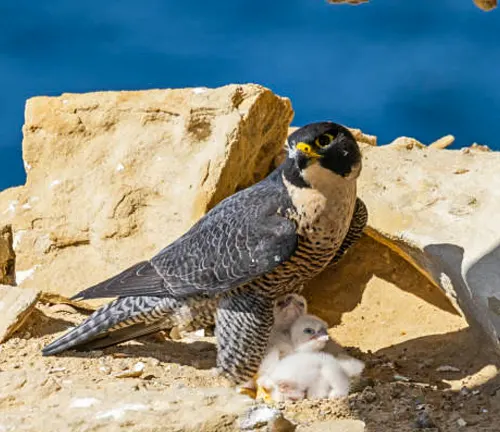
Attractions in Dead Horse Point State Park
Dead Horse Point Overlook: The most iconic attraction of the park, this overlook provides a stunning panoramic view of the Colorado River winding 2,000 feet below. The overlook offers a breathtaking perspective of the park’s unique geological formations, making it a favorite spot for photographers and nature enthusiasts. The view from this point encapsulates the grandeur of the American Southwest’s landscape, presenting a canvas of deep canyons and sculpted buttes.

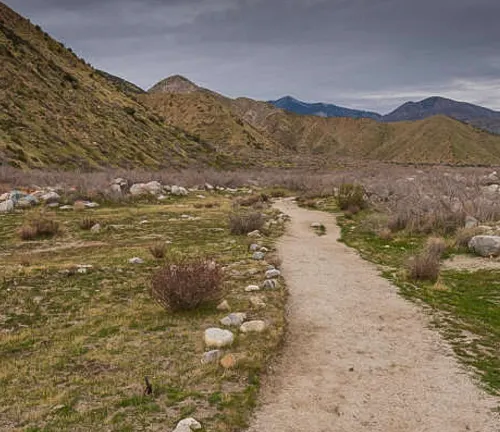
Intrepid Trail System: A paradise for mountain bikers, the Intrepid Trail System features a network of trails with varying levels of difficulty. These trails offer not just a thrilling biking experience but also stunning views of the park’s landscape. The system is designed to cater to both beginners and experienced riders, providing an adventurous way to explore the park’s rugged terrain.
Visitor Center: The Dead Horse Point State Park Visitor Center is a hub of information and education. Here, visitors can learn about the park’s history, geology, wildlife, and vegetation through informative exhibits. The center also offers guidance on hiking trails, camping, and other activities, making it an essential first stop for first-time visitors.
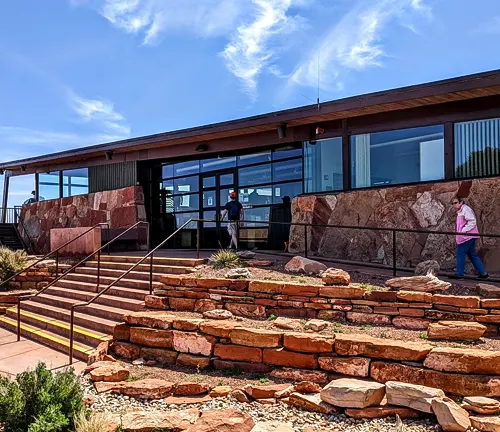
Hiking Trails: The park features several hiking trails that range in difficulty from easy to challenging. These trails, such as the East Rim Trail and the West Rim Trail, lead visitors through diverse landscapes, offering up-close views of the park’s natural features. Hiking in Dead Horse Point State Park is a great way to experience the tranquility and beauty of the high desert environment.


Photography Hotspots: The park’s unique landscape, with its dramatic cliffs, deep canyons, and spectacular rock formations, makes it a haven for photographers. Points like the Dead Horse Point Overlook and various spots along the hiking trails offer perfect settings for capturing the essence of the Utah desert.
Wildlife Viewing: The park’s diverse ecosystem supports a variety of wildlife, making it an excellent spot for wildlife viewing. Visitors may spot mule deer, coyotes, and numerous bird species, including birds of prey. Observing these animals in their natural habitat adds another layer of excitement to the Dead Horse Point State Park experience.
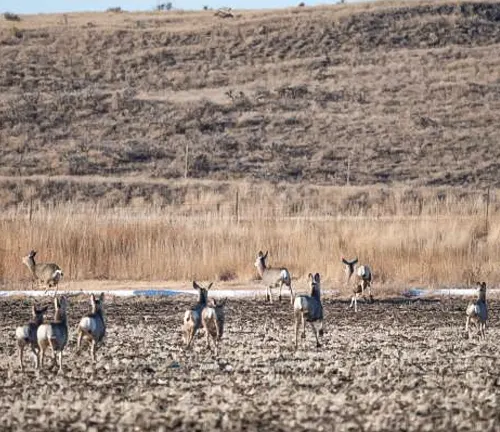
Recreational Activities in Dead Horse Point State Park
- Hiking: Dead Horse Point State Park is a hiker’s paradise, offering a variety of trails that cater to all skill levels. Trails like the East Rim Trail and West Rim Trail provide hikers with an up-close experience of the park’s unique geology and stunning vistas. These trails range from easy, family-friendly walks to more challenging hikes, allowing visitors to explore the rugged beauty of the desert at their own pace.
- Mountain Biking: The Intrepid Trail System is a highlight for mountain bikers. With trails of varying difficulty, from beginner to advanced, bikers can enjoy a unique riding experience surrounded by the park’s spectacular scenery. The system is designed to provide a thrilling adventure, with sections of slickrock, looping singletrack, and sandy washes, offering a great taste of what Moab mountain biking is all about.
- Photography: The park’s unique landscape makes it a fantastic destination for photographers. From the majestic views at Dead Horse Point Overlook to the intricate details of the desert flora and fauna, there are endless opportunities to capture stunning images. Whether you’re a professional photographer or an amateur with a smartphone, the park’s natural beauty provides a perfect backdrop.
- Stargazing: As an International Dark Sky Park, Dead Horse Point offers some of the best stargazing opportunities in the region. The clear, dark skies away from city lights make it an ideal spot for astronomy enthusiasts. Regularly scheduled night sky programs, including telescope viewings, enhance the experience, allowing visitors to gaze upon the stars and learn about celestial phenomena.
- Camping: For those who wish to immerse themselves fully in the natural beauty of the park, camping is a great option. The Kayenta and Wingate Campgrounds provide facilities that blend outdoor adventure with comfort. Camping in the park allows for experiences like watching the sunrise over the canyons and stargazing without the interference of artificial light.
- Wildlife Watching: The park’s diverse ecosystem is home to a variety of wildlife, making it a fantastic place for wildlife watching. Visitors might spot mule deer, coyotes, and numerous bird species. Observing these animals in their natural environment adds an exciting element to the park experience, especially for nature enthusiasts and families.
- Educational Programs: The park offers educational programs that provide insight into its unique geology, ecology, and history. These programs, often led by knowledgeable park rangers, enhance the visitor experience by offering a deeper understanding of the park’s natural and cultural significance.
- Picnicking: With several designated picnic areas, the park is a wonderful place to enjoy a meal surrounded by nature. These areas offer a peaceful setting with stunning views, perfect for a family outing or a quiet lunch in the great outdoors.
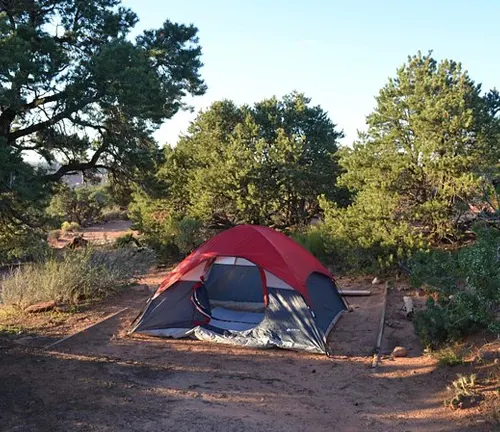
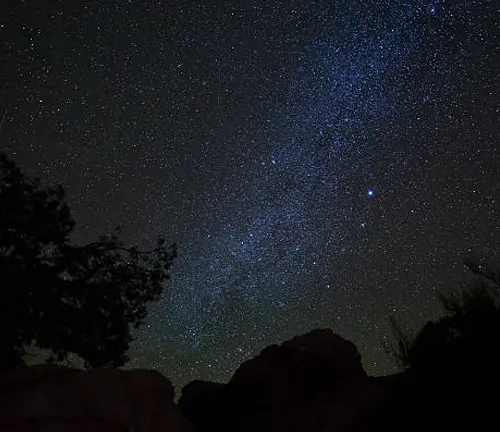
Different Facilities and Amenities in Dead Horse Point State Park
- Kayenta Campground: This campground is nestled within a grove of juniper trees, offering a peaceful retreat from the desert sun. Each of the 21 sites is equipped with lighted shade structures, picnic tables, fire rings, and tent pads. Additionally, they provide RV electrical hookups. Modern restroom facilities are available, and the campground’s location allows direct access to various trails and points of interest within the park.
- Wingate Campground: The Wingate Campground, established in 2018, is situated atop the mesa, affording far-reaching views of the surrounding mountain ranges and deep canyons. It contains 31 campsites, with 20 offering electrical hookups for both RV and tent campers, and 11 designated as walk-in, tent-only sites. Each site features fire pits and picnic tables under shade shelters. The campground is also equipped with modern bathroom facilities, including running water and dishwashing sinks. A dump station is located at the entrance for convenience.
- Yurts: For a more luxurious camping experience, the park offers nine yurts, which are perfect for those seeking comfort and convenience in the wilderness. Each yurt accommodates up to six people, featuring bunked double beds and a pullout futon couch. They are equipped with outdoor propane grills (propane provided by the park), heating, air conditioning, and electrical outlets. Seating areas both indoors and outdoors offer a comfortable environment in any weather. Modern restrooms are located within walking distance.
- Visitor Center: The Visitor Center is an essential stop for anyone visiting the park. It offers a wealth of information about the park’s history, geology, and wildlife. The center also provides maps, educational displays, and souvenirs. Park staff are available to answer questions and offer recommendations for trails and activities.
- Picnic Areas: Scattered throughout the park, several picnic areas provide a perfect spot for families and groups to enjoy a meal surrounded by nature. These areas are equipped with tables and situated in scenic locations, offering beautiful views while you dine.
- Hiking Trails: The park boasts an extensive network of hiking trails, varying in length and difficulty. These well-maintained trails offer access to the park’s stunning landscapes and are suitable for visitors of all ages and abilities.
- Mountain Bike Trails: The Intrepid Trail System is specifically designed for mountain biking enthusiasts. These trails provide a range of experiences from easy to challenging, allowing bikers to enjoy the park’s unique terrain and scenic beauty.
- Dark Sky Viewing Areas: As an International Dark Sky Park, Dead Horse Point offers designated areas for stargazing. These areas are strategically located to provide the best views of the night sky, free from light pollution, making them ideal for astronomy enthusiasts.
Tips and Advice for Visiting Dead Horse Point State Park
- Stay Hydrated: The desert climate of Dead Horse Point State Park can be deceptively dry. Visitors should carry plenty of water, especially while hiking or biking. Even on cooler days, the arid environment can lead to dehydration quickly, so it’s essential to drink water regularly throughout your visit.
- Protect Yourself from the Sun: Sun protection is crucial. Wear a hat, sunglasses, and apply sunscreen frequently. The high altitude and clear skies can increase the risk of sunburn, even on overcast days. Lightweight, long-sleeved clothing can also offer additional protection.
- Be Prepared for Temperature Changes: The desert experiences significant temperature fluctuations between day and night. Dressing in layers allows visitors to adjust to these changes comfortably. It’s especially important if you plan to camp or participate in stargazing events in the evening.
- Respect Wildlife and Nature: While wildlife sightings can enhance the experience, it’s important to observe animals from a distance and not to feed them. Stay on designated trails to protect the fragile desert ecosystem and take all your trash with you to keep the park clean.
- Check the Weather Forecast: Weather in the desert can change rapidly. Before your visit, check the weather forecast and be prepared for potential rain, wind, or other weather conditions. This is particularly important for those planning to hike or bike the trails.
- Plan Your Visit During Off-Peak Hours: To avoid crowds, especially during peak tourist season, consider visiting the park during off-peak hours, such as early morning or late afternoon. Not only will the park be less crowded, but the lighting for photography during these times is often at its best.
- Familiarize Yourself with Park Rules: Understand and adhere to the park’s rules and regulations. This includes rules about camping, pets, and permitted activities. Following these rules helps ensure your safety and the preservation of the park.
- Carry a Map and Stay Oriented: While the park is well-marked, carrying a map can enhance your visit and help you explore more confidently. Maps are available at the Visitor Center and can assist in planning your activities and navigating the trails.
Recommendation
Discover the stunning beauty of Dead Horse Point State Park, a gem in the Utah desert. With its dramatic overlooks 2,000 feet above the Colorado River and breathtaking panoramic views, it’s a paradise for nature lovers and adventurers alike. Whether you’re into hiking, mountain biking, or simply soaking in spectacular sunrises and sunsets, this park offers an unforgettable experience. Don’t miss out on the magic of Dead Horse Point – it’s an adventure that truly captures the spirit of the American Southwest!
Conclusion
In summary, Dead Horse Point State Park is a breathtaking showcase of nature’s grandeur, offering a unique blend of scenic beauty, intriguing history, and diverse outdoor activities. It stands out as a must-visit destination for anyone exploring the American Southwest. Whether you’re there to witness the stunning vistas, delve into the park’s rich past, or engage in its many recreational opportunities, Dead Horse Point promises an experience that is both memorable and inspiring.
FAQs
- What is the best time of year to visit Dead Horse Point State Park?
The best times to visit are during spring and fall when the temperatures are mild and the park is less crowded. Summer can be very hot, and winter may see snow. - Why is it called Dead Horse Point State Park?
The park is named after a legend from the late 1800s. Cowboys used the point to corral wild mustangs, and one time, the horses were left fenced on the point without water and died of thirst. - Are there camping facilities available in the park?
Yes, the park offers camping facilities, including Kayenta and Wingate Campgrounds with modern amenities, and yurts for a more comfortable stay. - Can I bring my dog to Dead Horse Point State Park?
Yes, dogs are allowed in the park but must be kept on a leash at all times. - Is Dead Horse Point State Park suitable for families?
Absolutely! The park offers various activities suitable for all ages, including easy hiking trails and educational programs. - What are the must-see attractions in Dead Horse Point State Park?
The main overlook at Dead Horse Point provides stunning views of the Colorado River. The Intrepid Trail System is also a highlight for hiking and mountain biking. - How much time should I allocate for a visit to Dead Horse Point State Park?
To fully enjoy the park, plan for at least half a day. This gives you enough time to explore the main viewpoints and trails. - Is there an entrance fee for the park?
Yes, there is a small entrance fee which contributes to the maintenance and conservation of the park. The fee varies, so it’s best to check the latest information on the official website.
Thank you for exploring Dead Horse Point State Park with us. We hope this guide inspires you to visit and experience the unique wonders of this magnificent park. Whether it’s the breathtaking views, the rich history, or the myriad of outdoor activities, Dead Horse Point State Park is a destination that truly offers something for everyone.



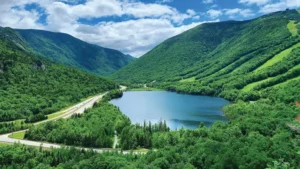
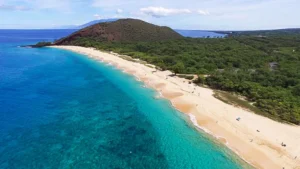
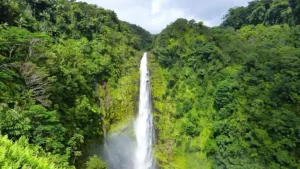

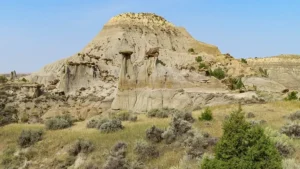
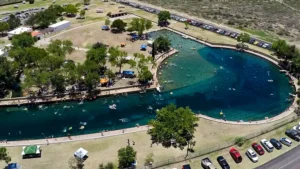
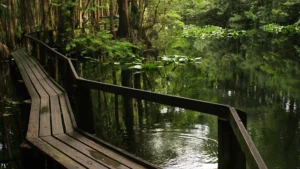



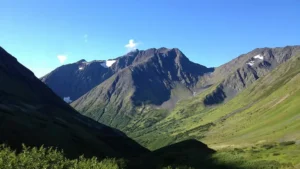
Leave your comment